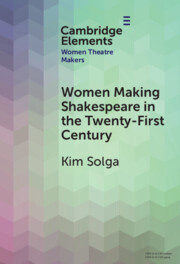This article positions multidisciplinary artist Friedl Dicker-Brandeis at the center of a web that spans Vienna 1900, the Weimar Bauhaus, and interwar Vienna. Using a network metaphor to read her work, she is understood here as specialist of the ars combinatoria, in which she recombines genre and media in unexpected ways. She translates the language of photograms into painting, ecclesiastical subject matter into a machine aesthetic, adds found objects to abstract paintings, and paints allegories and scenes of distortion in the idiom of New Objectivity, all the while designing stage sets, costumes, modular furniture, toys, and interiors. While she has been the subject of renewed attention, particularly in the design world, much of her fine art has yet to be assessed. She used the idioms of twentieth-century art movements in unusual contexts, some of these very brave: in interwar Vienna, where she created Dadaistic posters to warn of fascism, she was imprisoned and interrogated. Always politically engaged, her interdisciplinary and multimedia approach to art bridged the conceptual divide between the utopian and critical responses to war during the interwar years. Such engagement with both political strains of twentieth-century modernism is rare. After integrating the interdisciplinary lessons of Vienna and the Weimar Bauhaus into her life's work, she shared these lessons with children at Terezín.
